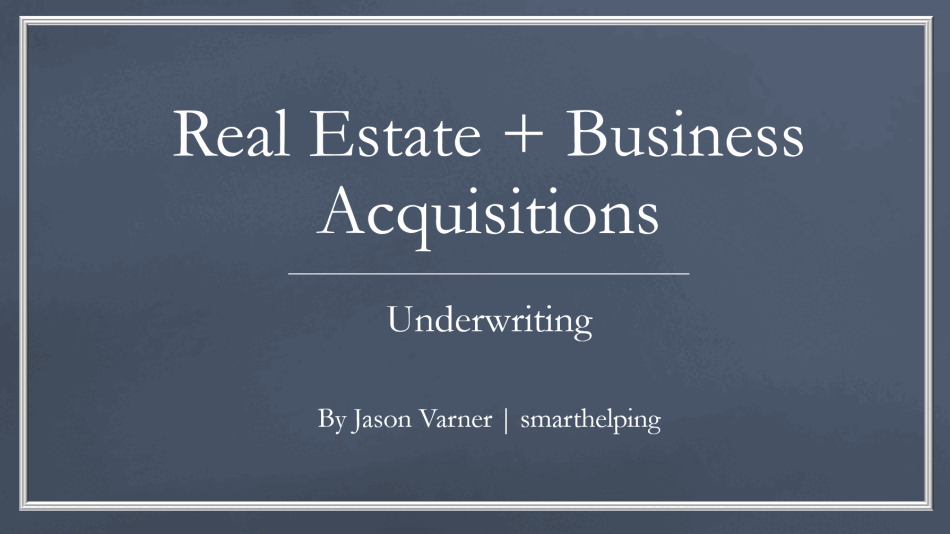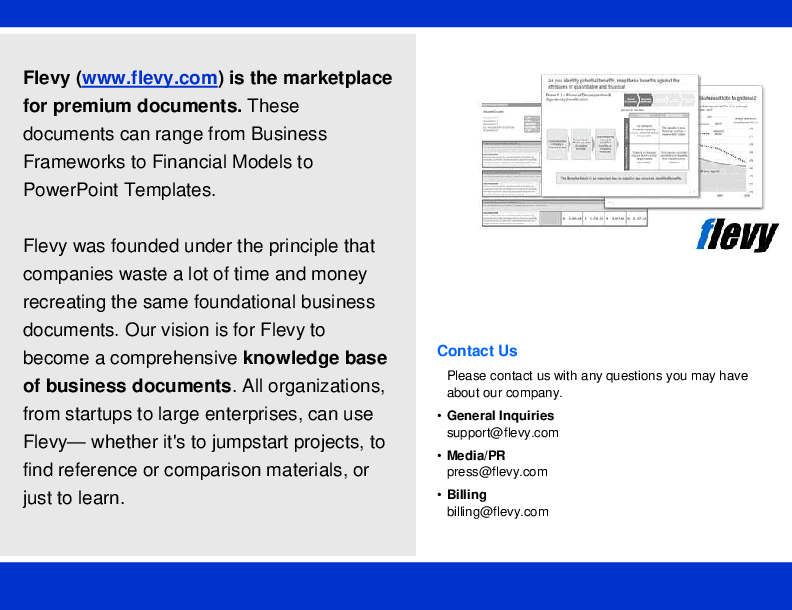Quick Underwrite: SBA Loans & Real Estate Model (Excel XLSX)
Excel (XLSX)
VIDEO DEMO
BENEFITS OF THIS EXCEL DOCUMENT
- You can quickly generate the Net Operating Income (NOI) by entering just a few data points, saving time and reducing complexity.
- Various financing structures and a built-in refinance feature adapt to different deal scenarios, helping you plan for the long term.
- Comprehensive, investor-focused outputs (like IRR, Equity Multiple, and DSCR) plus clear visualizations streamline decision-making and presentations.
REAL ESTATE EXCEL DESCRIPTION
This was originally designed for a senior care facility acquisition model that can be used over and over for many deals. However, it is useful for any acquisition analysis that involves purchasing a business and the real estate the business operates in.
Straightforward Financial Inputs for NOI
What It Is: Requires only basic data—gross revenues, salaries/wages, and other expenses—to calculate Net Operating Income (NOI). You can enter yearly expenses as fixed amounts or use an expense ratio.
Why It's Useful: Minimizes data entry and complexity, reducing both workload and the chance of errors. Perfect if you want to avoid getting bogged down in large, multi-tab spreadsheets.
Flexibility in Modeling & Refinancing
What It Is: Lets you project cash flows for up to 10 years and choose different financing structures (SBA 504, SBA 7(a), or conventional loans). Includes an option to refinance all existing debt in a future year.
Why It's Useful: Adapts to various real estate/business purchase scenarios. The refinance feature allows for strategic long-term planning and reshaping of debt as conditions change.
Minimal Tabs for Quick Underwriting
What It Is: Focuses on only the major assumptions and outcomes, avoiding unnecessary details.
Why It's Useful: Makes it easier for underwriters and investors to review key metrics quickly. Speeds up due diligence by directing attention to what truly affects the deal's success.
Preferred Return Waterfall
What It Is: Includes a built-in, configurable waterfall structure to handle different investor return distributions.
Why It's Useful: Saves time and avoids errors in complex waterfall calculations. Ensures investors easily see how proceeds are split and helps everyone understand their potential returns.
Sources and Uses Summary (with Reserve Calculation)
What It Is: A clear breakdown of total project costs (uses), funding (sources), and required reserves.
Why It's Useful: Keeps capital requirements and allocations organized and transparent. Automatically calculating reserve requirements adds an extra layer of financial safety.
Robust Output Metrics
What It Is: Automatically calculates essential metrics like LP/GP IRR, Equity Multiple, DCF analysis, and Debt Service Coverage Ratio (DSCR).
Why It's Useful: Provides a snapshot of investment performance, helping investors and lenders quickly determine whether a project meets their benchmarks.
Eight Built-In Visualizations
What It Is: Generates charts and graphs illustrating cash flow trends, returns, and other key data over time.
Why It's Useful: Visual representations make data easier to interpret and present, aiding clarity in both internal discussions and formal presentations.
Fully Unlocked & Editable
What It Is: The spreadsheet is not password-protected, allowing modifications to formulas, layouts, and formats.
Why It's Useful: Enables customization for unique deal structures and investor preferences. You're not stuck with a rigid template—adapt as needed for each project.
Overall, these features combine to deliver a user-friendly, adaptable underwriting tool—balancing thorough analysis with a streamlined workflow and clear presentations.
Got a question about the product? Email us at support@flevy.com or ask the author directly by using the "Ask the Author a Question" form. If you cannot view the preview above this document description, go here to view the large preview instead.
Source: Best Practices in Real Estate Excel: Quick Underwrite: SBA Loans & Real Estate Model Excel (XLSX) Spreadsheet, Jason Varner | SmartHelping
This document is available as part of the following discounted bundle(s):
Save %!
Real Estate Underwriting Templates / Deal Analyzers
This bundle contains 29 total documents. See all the documents to the right.









